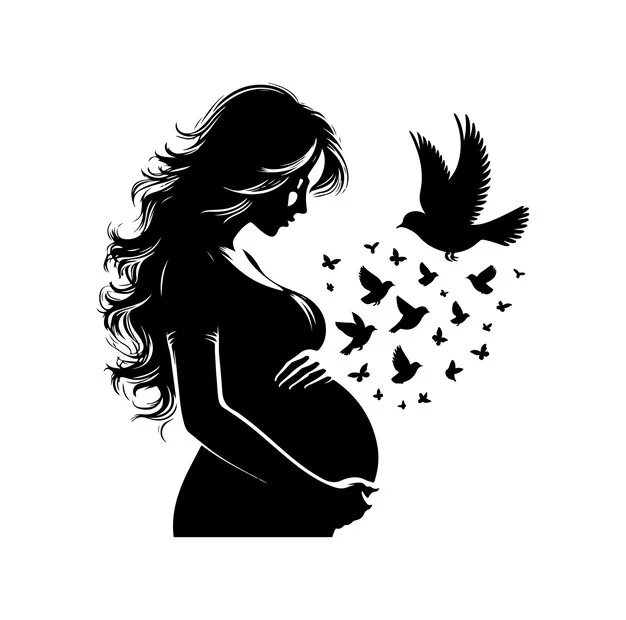As Halloween approaches, you might come across that adorable little Indian costume at a major retailer. Complete with fake black braids and a faux-leather dress, it might seem like a cute choice for your little one to channel Pocahontas. And if you hop on the trend, you could easily become Sacajawea yourself. Super cute, right? Well, not so fast.
If you think dressing up as an Indian is just harmless fun, consider this: many Indigenous people find such costumes deeply offensive. In fact, it’s referred to as “redface,” a term that highlights the issue of non-Indigenous individuals donning attire that represents a culture they do not belong to. This is not about smearing red paint on your face—though that is definitely not okay either. Rather, it’s about the disrespect of reducing a rich, diverse culture to a costume.
When someone from a dominant culture dresses up as a member of a non-dominant one, it’s known as cultural appropriation. This means taking elements of that culture for your amusement or profit, like how big retailers cash in on these costumes. You may think it’s all in good fun, but it’s crucial to remember that American Indian cultures are not a monolith. They are varied and complex, and not all Native people wear braids or leather skirts, just as not all Europeans have the same customs or attire. Imagine if we lumped all Europeans together and said they all drink tea and yodel—that would be wildly inaccurate and offensive, right? The same applies here.
Quick Trivia
Pocahontas hailed from the Powhatan tribe and her birth name was Matoaka. Sacajawea, on the other hand, was Shoshone and faced a very different reality than what popular culture portrays. When you dress your child as an Indian, you’re not honoring a unique individual; you’re reinforcing broad stereotypes that erase the identities of countless tribes.
Think about it: you wouldn’t let your child wear blackface or a faux Jewish nose as a costume. So why is it acceptable to dress them as an Indian? If you ran into an actual Native elder while your child was dressed up, could you explain how you were celebrating their culture? Or would you awkwardly have to justify a choice that trivializes centuries of trauma, genocide, and cultural erasure?
And let’s talk about the problematic trend of sexy Indian costumes. These portrayals further sexualize a culture that has historically faced violence and sexual assault at alarming rates. It’s not just a costume; it’s a mockery of real issues faced by Indigenous women. You don’t want to inadvertently glamorize such a serious matter, do you?
At the end of the day, Indian costumes are akin to blackface—there’s no way to dress in a way that respects the culture. Some may argue that it’s just a costume and that people are being overly sensitive, but the way we portray Indigenous cultures matters. Do you want your kids to think all Native Americans live in teepees and wield tomahawks? Or would you prefer they understand and respect the rich history behind these cultures?
So, let’s skip the redface this Halloween and think about the real implications of our costume choices. For more insights on sensitive topics like this, check out our other blogs, such as this article on home insemination, or visit this excellent resource for pregnancy. And if you’re looking for authoritative information on at-home insemination methods, Make a Mom has you covered.
Summary
Dressing up in Indian costumes for Halloween is not just a fun choice; it perpetuates harmful stereotypes and cultural appropriation. Understanding the complexities of Indigenous cultures and respecting their histories is essential. Instead of opting for these costumes, consider how your choices affect perceptions of Native peoples.
